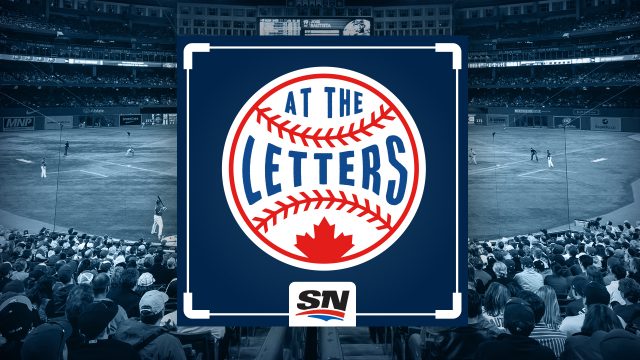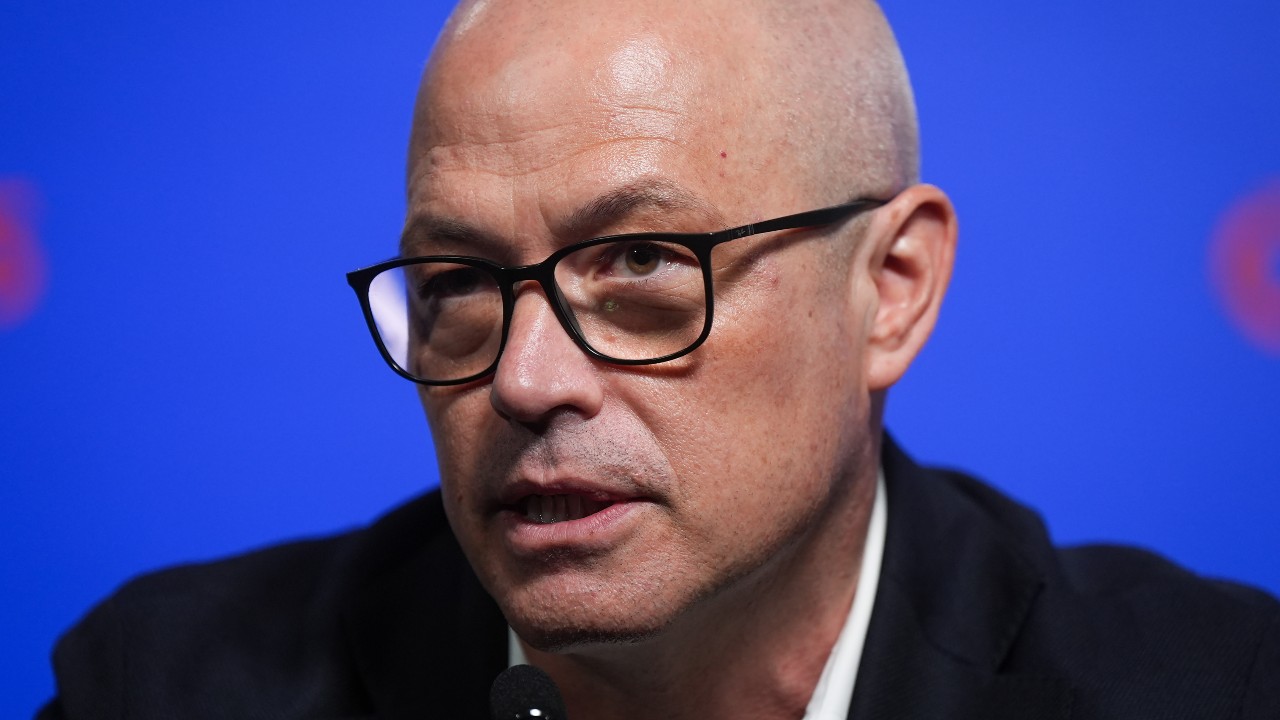
On Monday, the San Diego Padres radically altered the landscape of the MLB off-season with a flurry of moves that landed them starters Yu Darvish and Blake Snell, as well as prized international free agent Ha-Seong Kim.
While the team that is most directly affected by these deals is the Los Angeles Dodgers — who have a far more dangerous divisional rival to contend with — the moves have a ripple effect that touches every team in the pitching market, whether they’re buyers or selling.
The Toronto Blue Jays are firmly in that camp as a club with contending aspirations, but significant holes in their rotation. Throughout the off-season, the team has made noise about making major upgrades, and it seems unlikely they’ll enter 2021 with the starting options they have in house.
That means they’ll have to reckon with the ramifications of the Padres’ rapid-fire transactions. Here’s how the landscape they’re dealing with has changed in the last few days.
Scarcity
Perhaps the most intuitive effect of the Padres’ deals is that they took a few pieces off the board. It’s unclear if the Blue Jays had any interest in those players, but we do know that the pool of available top-of-the-rotation starters has shrunk significantly.
At most one buyer is off the table — although it seems foolish to rule out A.J. Preller making another deal — while two of the best pitchers available are gone. There’s no way to read competition remaining essentially unchanged while supply goes down as a positive for teams, like the Blue Jays, who have yet to land a difference-maker. Even if Toronto didn’t think acquiring Snell or Darvish was feasible, other teams who wanted either of those two but missed out could move to their backup plans, who may be Blue Jays targets.
It’s possible these deals drive teams to the free-agent market, but the only front-of-the-rotation pitcher to be found there is Trevor Bauer — who comes with immense baggage and a hefty price tag. You could add Masahiro Tanaka to that list if you’re feeling particularly generous, but the reality is that this free-agency class offers more back-end stability than top-tier impact.
Price
The Padres haven’t just affected the pitching supply, they’ve established some baseline prices in a market that other teams were clearly slow-playing. There’s good and bad news for the next teams to grab a starter.
On the plus side, it seems that if you’re willing to take on a significant contract, life can be significantly easier for you. Darvish was second in Cy Young voting in 2020, and is the fourth-best pitcher by WAR since the 2019 all-star break. He’s a better pitcher than Snell right now, even if his age (34) means he carries more decline risk. He’s also under control through 2023, just like the former Rays southpaw, and yet the return for him was far less significant.
In exchange for Darvish, the Cubs got an approximately-average starter (Zach Davies) under contract for a single season, and four prospects — none of whom were in the Padres’ top-10. While the Padres have an extremely deep system, that package is eminently matchable, especially for a team with quality prospects, like the Blue Jays.
On the other hand, the deal for Snell, who costs $18.2 million less than Darvish over the next three years, required a far steeper return. The Padres’ package to the Rays included their No. 3 prospect — and MLB Pipeline’s 23rd-ranked prospect overall — in Luis Patino, a 21-year-old who throws 99 m.p.h. and projects as a top-of-the-rotation starter, but scuffled in his first MLB action in 2020. That’s not quite Nate Pearson’s profile, but it’s not far off, and it’s possible that Patino pulls a Tyler Glasnow and becomes better than the star he was traded for in short order.
Beyond Patino, the Rays extracted the Padres’ seventh-ranked prospect (RHP Cole Wilcox), No. 14 on their list (C Blake Hunt) and reclamation project Francisco Mejía, a catcher that lived on top-100 prospect lists (reaching as high as No. 5 on Baseball Prospectus’s pre-2018 list) for years prior to running into struggles at the MLB level. He’s just 25.
That is a tough return to match, and for Snell it’s not clear you’d want to do it anyway. However, it does give GMs moving affordable high-end starters a starting point, and a tough one for buyers at that.
Now, to be fair, the Rays win just about every trade they participate in, so their negotiating prowess played a role in what we saw here, but the bigger lesson to take forward is a pitcher’s contract is going to play an outsized role in their trade value this off-season.
Where do teams like the Blue Jays go from here?
There isn’t one clear answer here, and the Blue Jays front office likes to keep its options open. However, the game of musical chairs has now started, and the time is nearing to make a commitment.
Grabbing a free agent costs only money, which the club has no shortage of, but it’s Bauer or bust if they want to take their rotation to the next level.
That means the trade market is probably still their best path forward, and based on what we’ve seen from the Padres, that path appears to branch in two directions. The Blue Jays can either target a player with a significant contract already to keep the return manageable, or take a swing at someone whose contract currently underpays them and be prepared to empty the cupboard.
In the first case, the most obvious target is Zack Wheeler. Not only are the Philadelphia Phillies reportedly open to moving the 31-year-old, who has four years and $96.5 million left on his deal, but the Blue Jays were interested in him as a free agent last off-season. Although he took a step back in missing bats last season (6.72 K/9) he throws hard enough (96.9 m.p.h) to indicate that’s a short-season blip and his 6.6 WAR since the beginning of the 2019 season ranks 10th league-wide. If the Cubs are in true seller mode, the chronically-underrated Kyle Hendricks falls into this category too, although he costs just $14 million per season so he may fall in between the Snell and Darvish buckets.
In the second case, the name that jumps off the page is Luis Castillo because he has the same three years of control and the Cincinnati Reds are reportedly shopping him. Because he’s in his arbitration years he’d be significantly cheaper than Snell. He’s also better. Here’s how they compare since the beginning of 2019:

Castillo also pitches far deeper into games, but Rays dogma comes into play there and Snell’s usage may look different on another team. Even so, if Snell was expensive to trade for, Castillo would cost an absolute fortune in prospect capital, making the deal justifiable only if his low salary (approximately $4.4 million in 2021 and rising through arbitration) enables a free-agent splash elsewhere.
Although there haven’t been concrete rumours about him, another name in the Snell category is Carlos Carrasco considering he has almost the exact same contract and team control. If Cleveland is willing to move Francisco Lindor, it stands to reason it might pick up the phone on Carrasco, too.
Whichever direction the Blue Jays go, it will be in reaction to a market that’s finally in motion — thanks to a National League team on the opposite coast that they won’t see all year.






